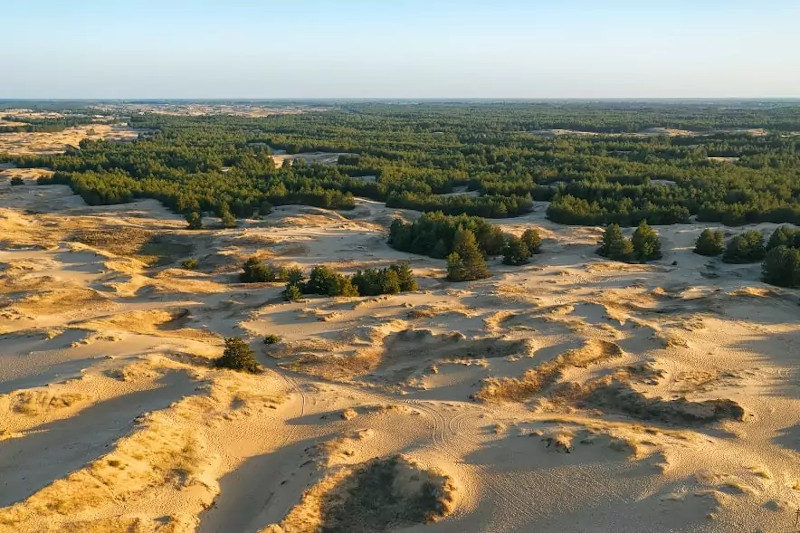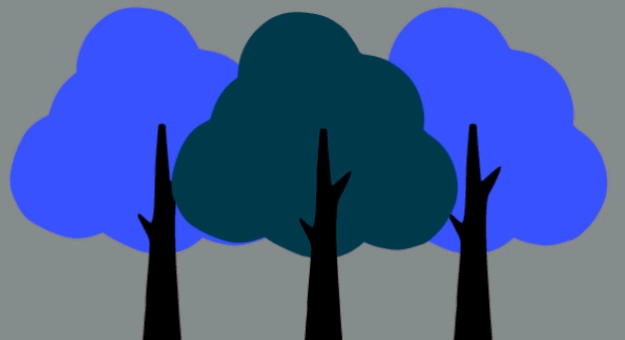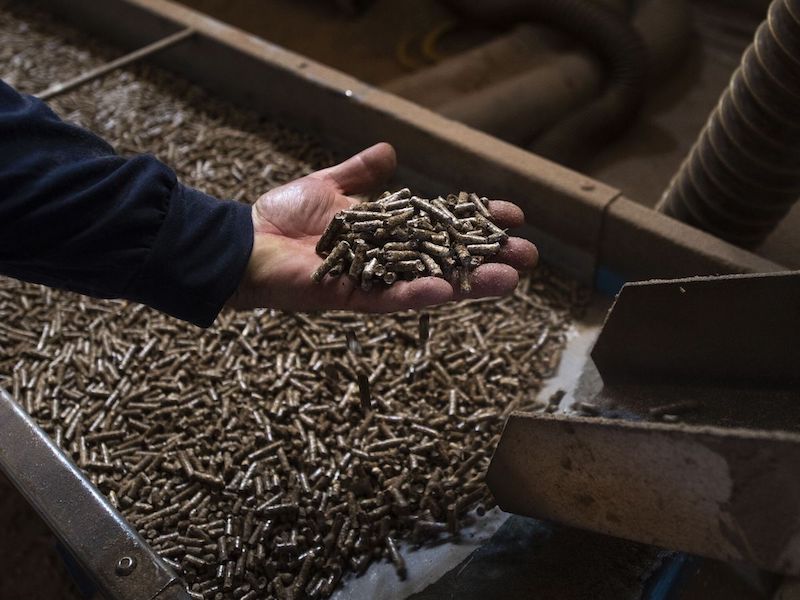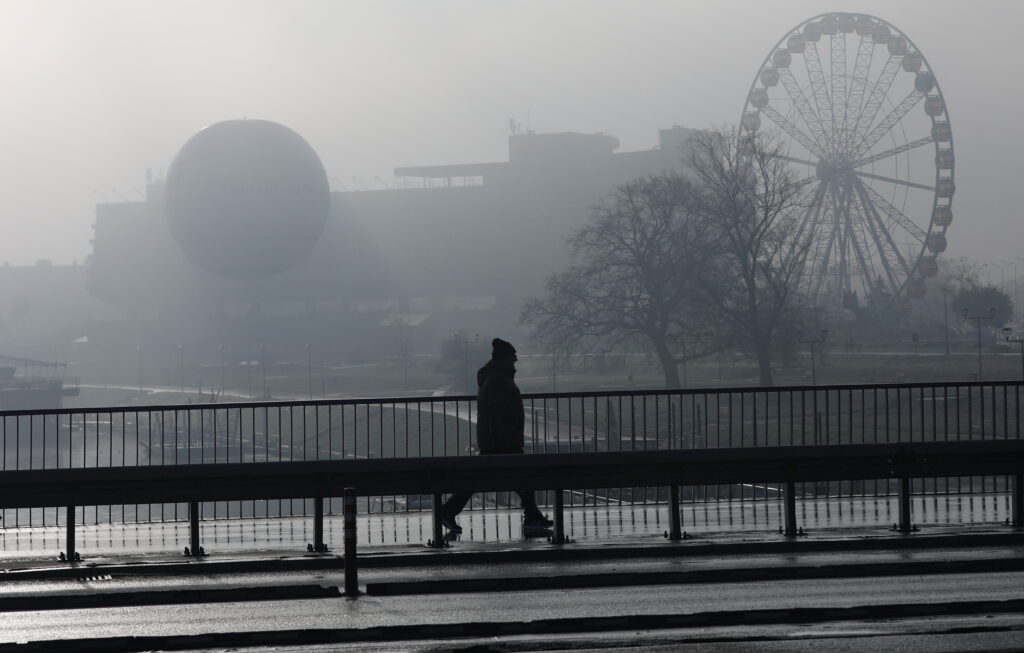When I was a child, collecting firewood was often intertwined with danger. I grew up in a village near the Oleshky sands ― a natural desert near Kherson. Legend has it that some centuries ago there were meadows there, but the horses and sheep of the invading Crimean Tatars ate up all the grass.
In Soviet times, after the Second World War, pine forests were planted there. Schoolchildren put the seeds in straight rows, so from above these forests looked like combed hair. Still, the heart of the area was mostly treeless ― and the Soviet army decided to take advantage of it.
Thousands of bombs were dropped there, as the military tested their power. Some were equipped with parachutes, so many people from nearby villages now have a chute in their household, which is a handy cloth to clean freshly-picked vegetables before taking them to the market. To collect firewood, the locals went into this forest-desert, sometimes blowing themselves up on unexploded bombs.
In this century, though, the place was a rather safe tourist attraction. Spending a night there, I never saw more stars in the sky.
Last year, the Russians came there. They chopped many trees for the trenches and used the desert as a training ground. The place became dangerous again.
The same happened to many other forests in the occupied areas of Ukraine. The Russian army laid down weapons there, dug trenches or buried victims. During their retreat, they heavily mined everything. If you go into the woods around Izyum, Bucha, or Lyman, you never know if you’ll come back.
By horrible coincidence, infrastructure in these settlements is often destroyed. State and private initiatives for heating don’t cover everyone’s needs, so many locals can only warm their homes by cutting down trees, even if there may be the danger of explosives or fines for illegal logging. “Freezing temperatures scare me more than these [threats],” one logger from Izyum told the media.
Invaders turn many places in Ukraine to deserts, again. Our only hope is that one day life will return there.






